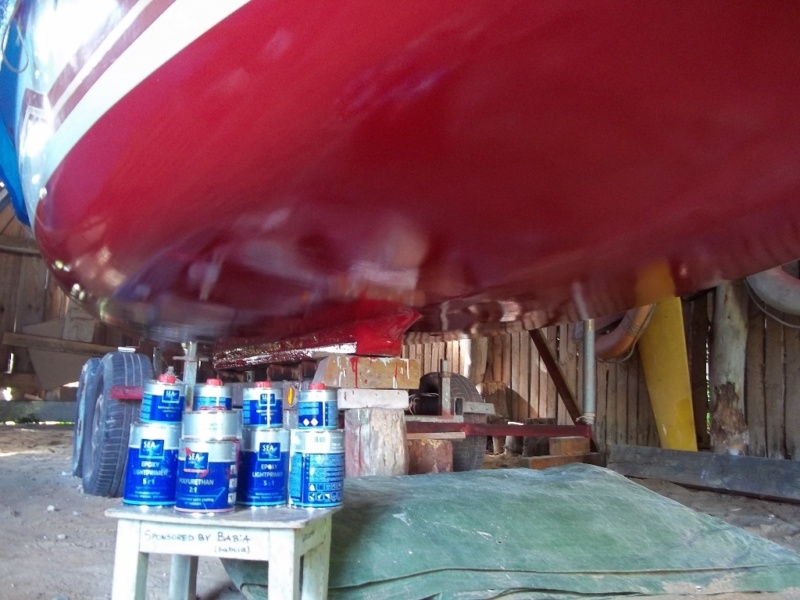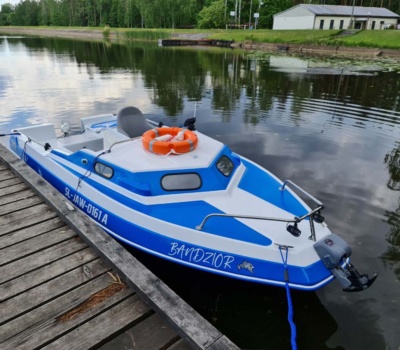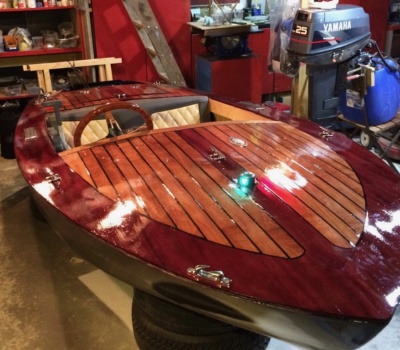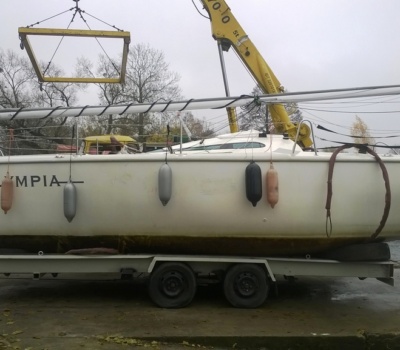„… It was not easy, hard job on knees with mask and glasses. Feeling like 40 years ago during military trainings.
Sea-line products (as most of modern paints) let’s amatours for quiet good application. Now my yacht Sombra Blanca has best bottom on the world. In few weeks I’m going to be back on the water”
Witold /Wrocław


Renovation of the Spanish motorboat Ducauto caribe. “Cut in half, gutted and made according to

Cosmetics Sea-Line use in Polish Army for cleaning and protect Sea Gun AM35 on „ORP

Mr. Wojciech Ceiślik, boatbuilder Glen-L Squirt: „I recommend Sea-Line products to everyone who builds and

„The holiday period ended and my yacht was left for 2 months in one of
Sea-Line yacht paints are designed for painting the surface of boats and yachts made of various materials, e.g. laminate, wood or steel. We do not have a certificate of the National Institute of Hygiene, which would allow the use of yacht paint to paint the tank with drinking water.